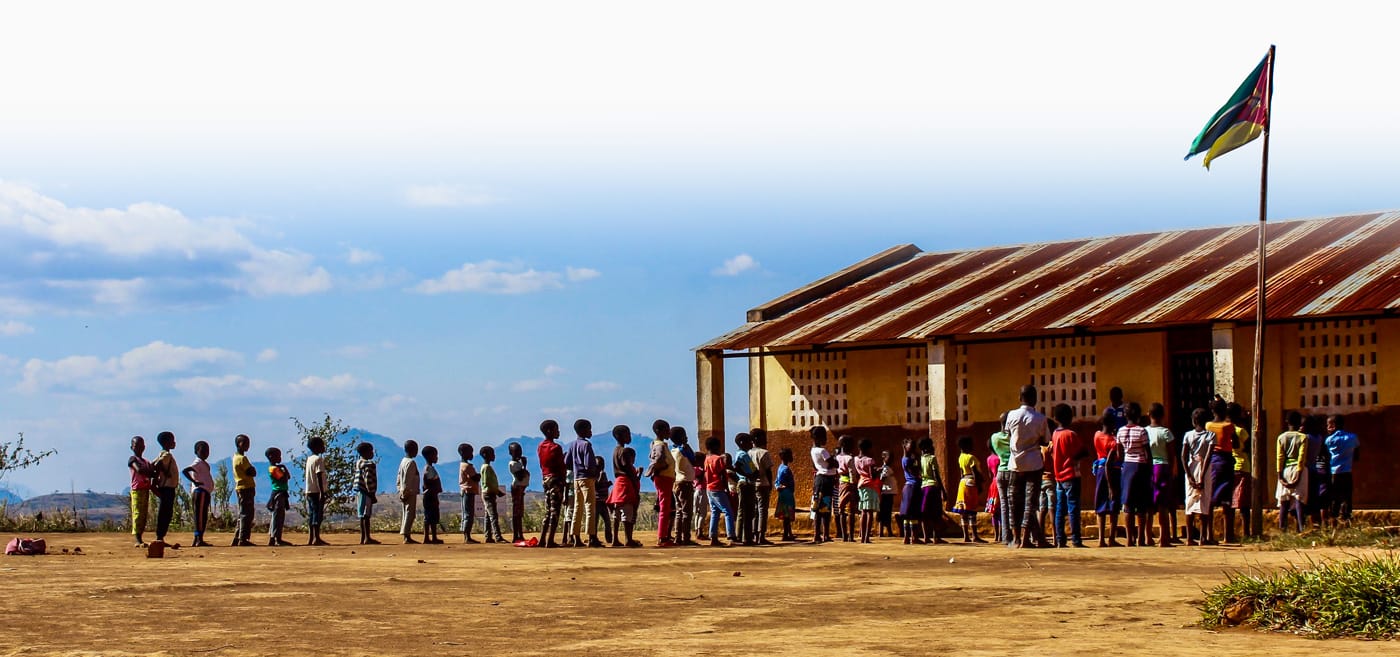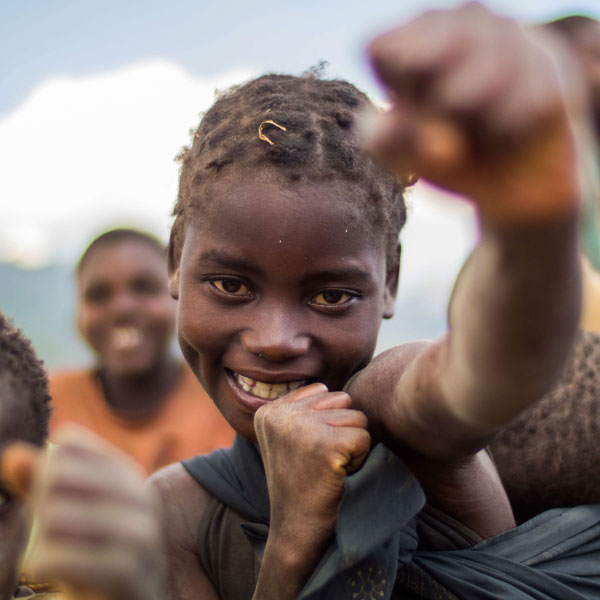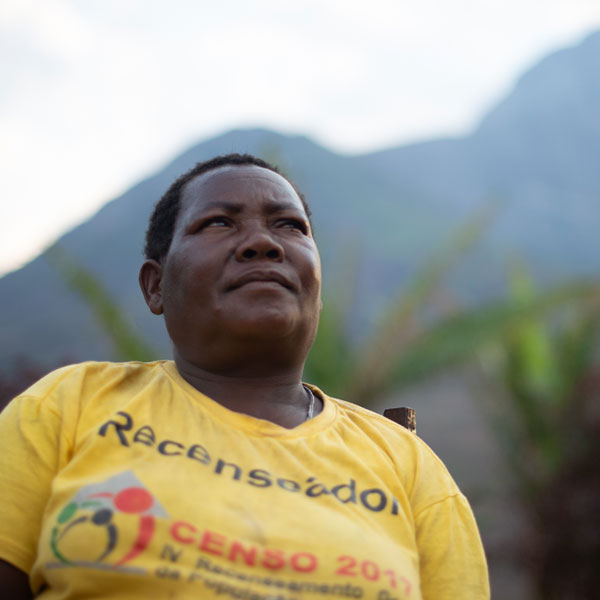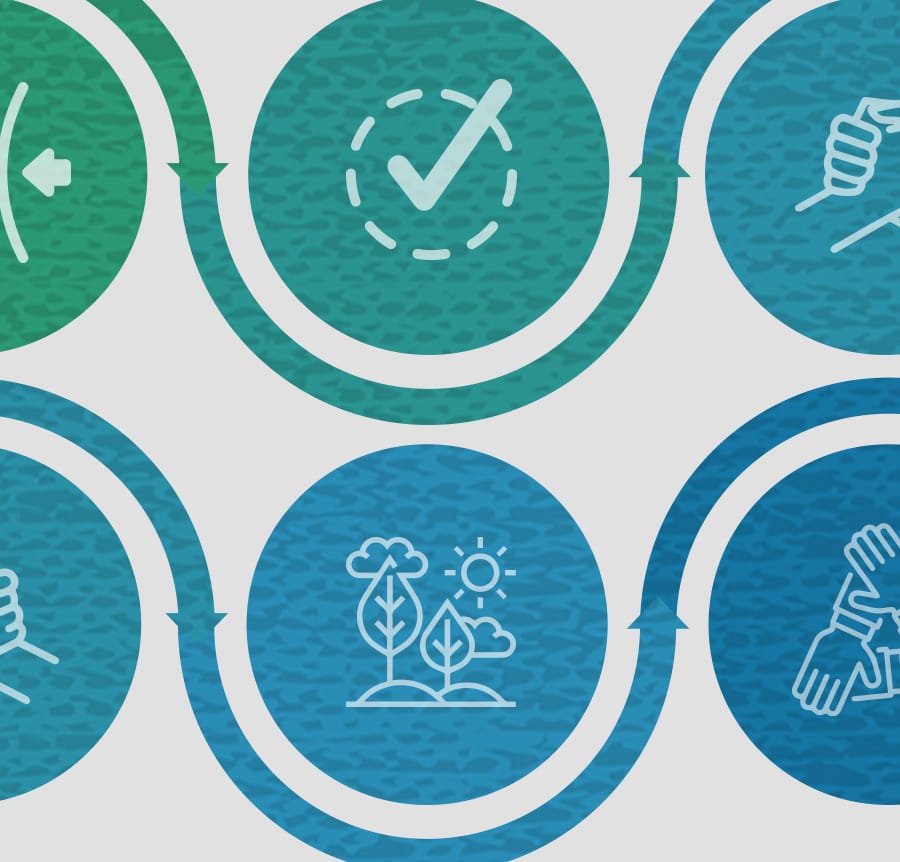Why Now?
Mayanae Lemojong (right), Ngilai community ambassador in Northern Kenya, with community member, Nteyiana Lekerpees (left) walk to a community meeting (photo by Roshni Lodhia).
Climate change is the greatest threat of our time, and indigenous peoples and local communities (IPLCs) are particularly vulnerable to its effects. At the same time, IPLCs are poised to help lead the charge to save our planet. IPLCs steward at least 32% of global lands, most of which are considered high value for climate change mitigation and include 85% of the world’s most biodiverse areas. To meet the ambitious global climate and biodiversity targets, IPLCs must play a major role.
However, after centuries of unjust treatment and marginalization, IPLCs often lack support, capacity, and/or legal recognition of their authority, meaning their future ability to sustainably manage and conserve lands and biodiversity is at risk.IPLCs have diverse priorities for the management of their lands, including economic development and traditional, cultural, and spiritual uses. Thus, collective action must go beyond conservation alone and instead take a holistic approach, with the end goal being THRIVING PEOPLE IN THRIVING PLACES.
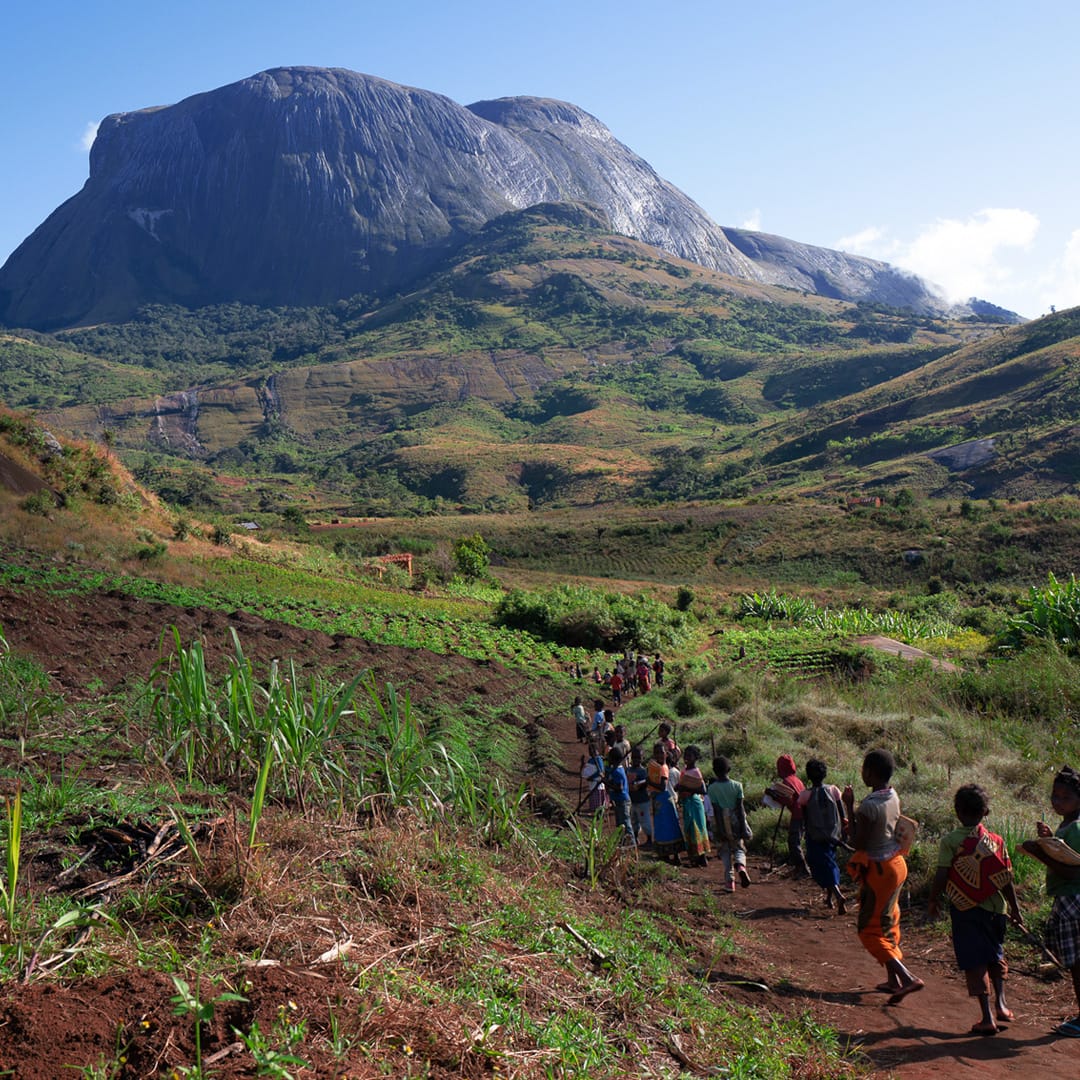
Children from the Mucunha Community on Mount Namuli, Mozambique | Photo by Grant Bemis
